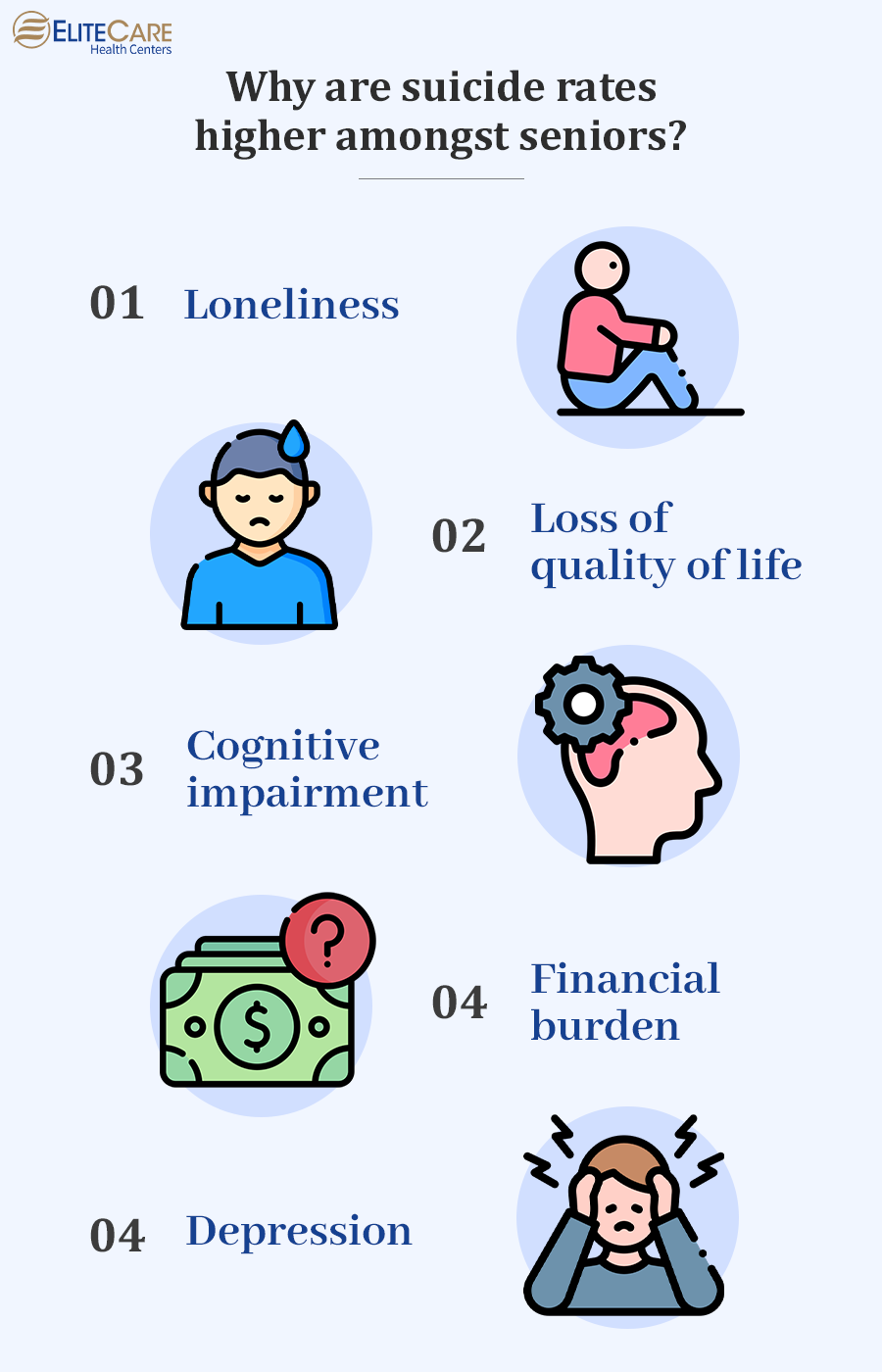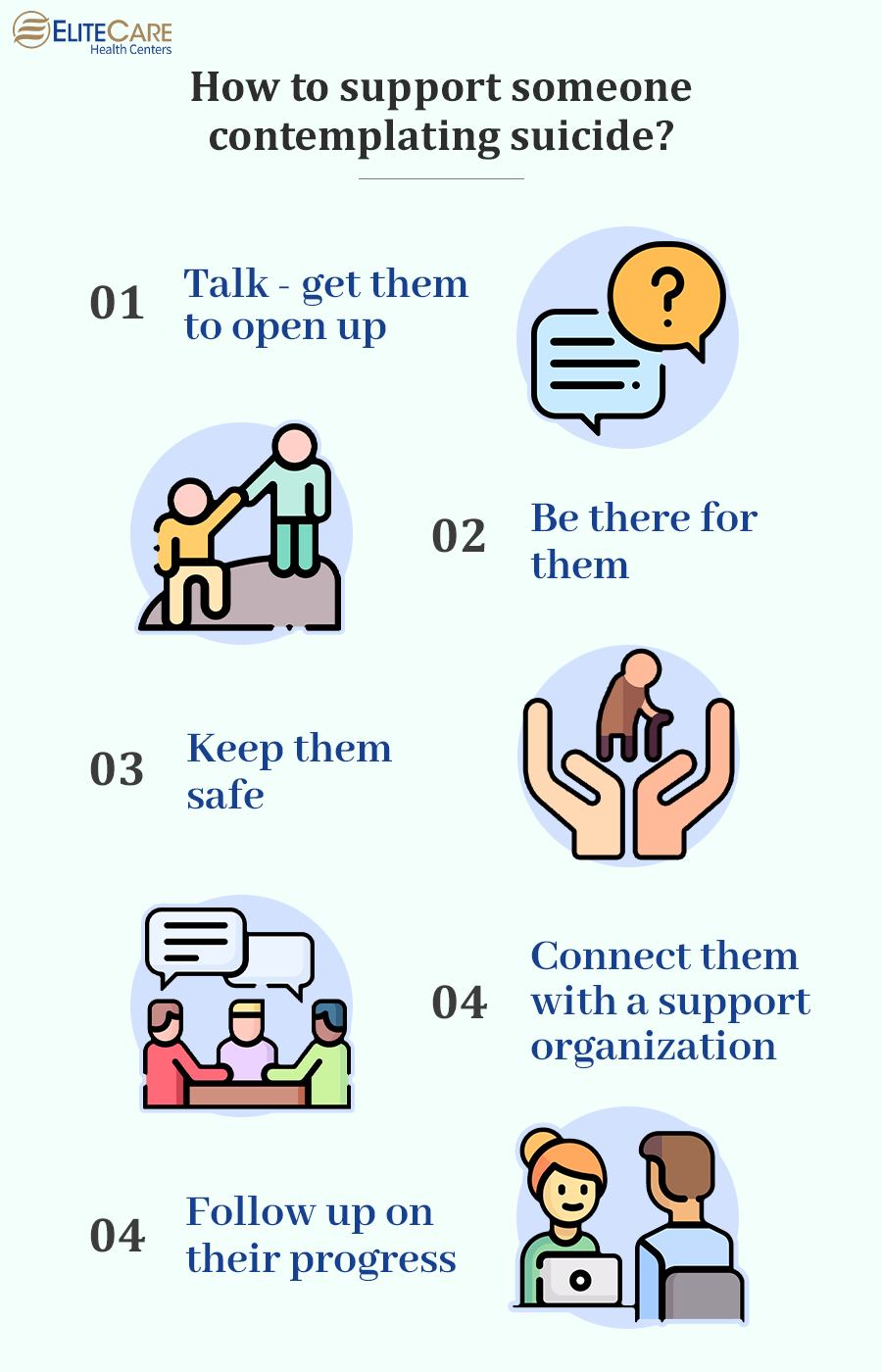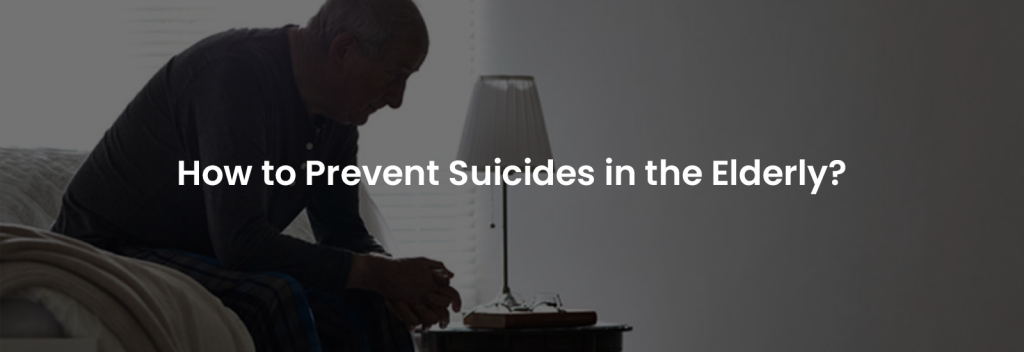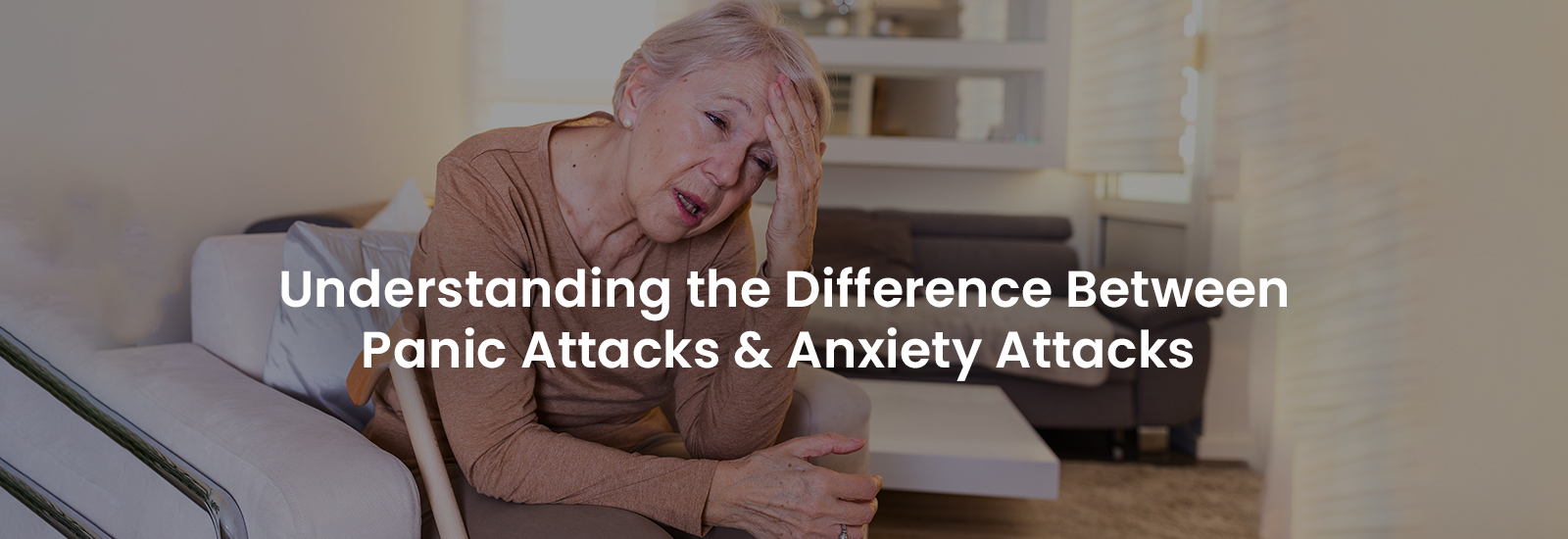
In the United States, older adults are currently and will continue to be the fastest-growing segment. The U.S. Census predicts that by the year 2030, about 73 million adults, or more than 20% of the adult population, would be 65 years of age or older. The research also confirms that the rate of suicides is highest amongst older age groups.
According to the American Foundation for Suicide Prevention, the suicide rates were higher among the 75-84 years age group and highest among adults aged 85 years and older. Seniors are far more likely than younger people to die as a result of suicide attempts, because:
- Older people make more detailed plans and use more lethal means
- Older people who are planning and attempting suicide are less likely to be discovered and saved
- Older people are less likely to recover after a suicide attempt due to their current sub-optimal health levels
Why are suicide rates higher amongst seniors?

Several factors contribute to suicidal tendencies in older adults.
1. Loneliness
The most common reason is loneliness. Many elderly people are housebound and/or live alone. Those who have lost a spouse recently and have no family or friends nearby may lack the social support they need.
Adults who live longer may start losing loved ones and friends to disease and ageing. They could struggle with their own mortality and experience intense fear about passing away. This “age of loss” can be difficult for them to cope with and adds to the feeling of gloom.
2. Loss of quality of life
Age-related conditions like arthritis, heart disease, high blood pressure, and diabetes are increasingly common in seniors. These ailments may result in discomfort and mobility problems that lower quality of life. Seniors may also face challenges with their vision and other senses, such as their hearing, making it more difficult for them to engage in their favorite activities or interact normally with people.
Seniors who used to be able to dress, drive, work, read, and lead an active life may suffer from a loss of identity. Any chronic illness that makes them lose their physical independence can affect their mental health. They could miss being the strong, independent person they previously were.
3. Cognitive impairment
4. Financial burden
Seniors with limited or fixed incomes may have difficulty paying their bills, medical expenses, and even buying groceries. Suicidal thoughts can be triggered by financial stress for someone who is already dealing with health issues or grief.
5. Depression
How to know if a senior is contemplating suicide?
Knowing the warning signs is a critical first step in preventing suicide. Suicidal intent may not be expressed explicitly, but certain behaviors may indicate self-harm thoughts in older adults. These include the following:
- Loss of interest in previously enjoyed activities
- Giving valuable items away or changing their will
- Staying away from social activities
- Neglecting medical treatments, personal hygiene, and grooming
- Expressing an obsession with death
- Disregard for one’s safety
How to support someone contemplating suicide?

1. Ask
Asking the question “Are you thinking of taking your own life?” shows that you’re willing to talk about suicide in a kind and helpful manner. This straightforward, neutral question can facilitate a meaningful discussion about their emotional suffering and provide them with ways to overcome suicidal thoughts.
The “Listen” phase is the opposite of the “Ask” step and is very important. When they are telling you what is happening, it is vital to pay close attention to both their justifications for feeling such emotional distress and any potential reasons they could have for wanting to live. Instead of trying to impose your reasons for them to continue living, assist them in focusing on their own reasons.
2. Be There
This could entail being physically present for someone, calling them when you can, or taking any other action that demonstrates support for the person in danger. Make sure you follow through on the ways you claim you’ll be able to support the individual; don’t commit to anything you won’t be able or willing to do. This stage is crucial. When you can’t be physically present for someone contemplating suicide, please rope in others who may be willing and able to help out. (Again, only others who are willing, able, and appropriate to be there).
3. Keep them safe
Following the “Ask” stage, if you discover that suicide is being considered, you must quickly confirm a few things. Before speaking with you, have they tried to harm themselves in any way? Has the individual contemplating suicide have figured out a way to how they would commit suicide? When will they implement their plan? How accessible is their intended approach to them? Knowing the answers to each of these questions can help us understand how much risk the individual is now facing.
According to the Harvard T.H. Chan School of Public Health, “Means Reduction” (reducing a suicidal person’s access to highly lethal means) is an important part of a comprehensive approach to suicide prevention. Suicide rates decrease overall when fatal means are made less accessible to seniors.
4. Help them connect
5. Follow up
How can we assist?






